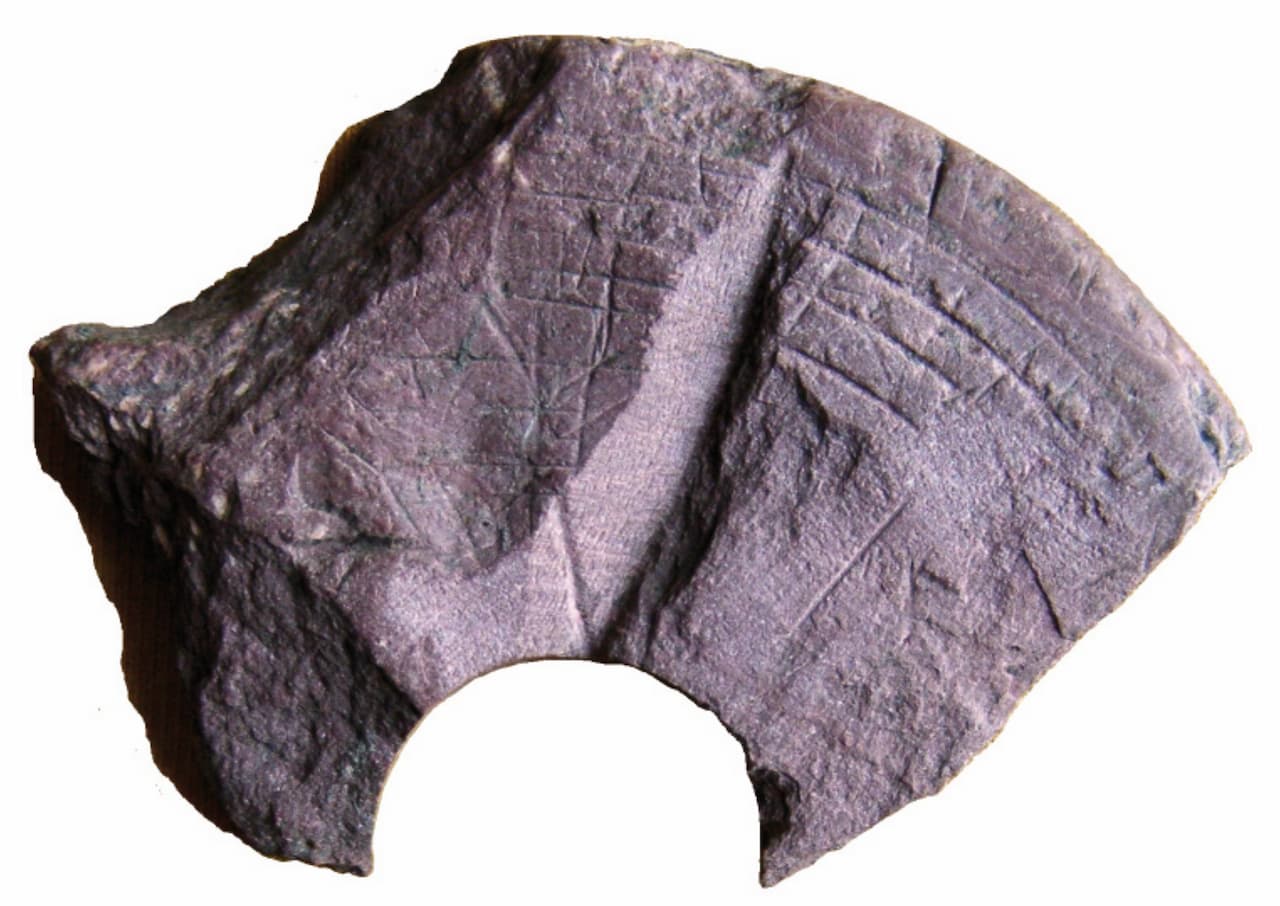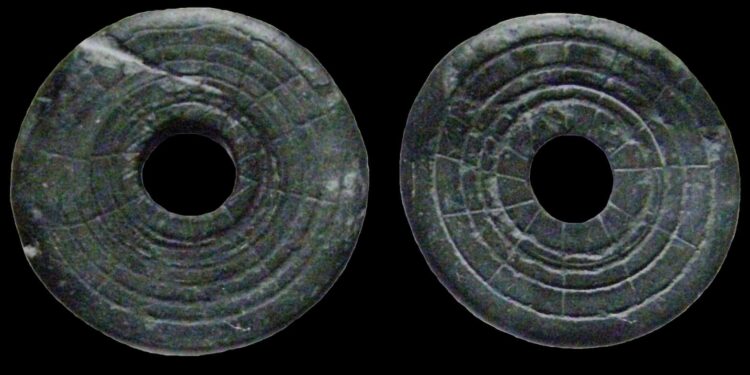An archaeological discovery has sparked intense curiosity among historians and researchers alike. Mysterious pyrophyllite discs uncovered in southern Ukraine may hold clues to a little-known Viking navigation method that predates the magnetic compass. While these medieval artifacts were initially thought to be mere tools or ritual objects, a compelling new hypothesis suggests they may have been solar compasses, potentially reshaping our understanding of medieval seafaring technology.
These peculiar discs, dating back to the 12th and 13th centuries, were carved from pyrophyllite, a soft stone found in the Ovruch region of Ukraine. Known for its ease of carving, pyrophyllite was widely used in medieval craftsmanship for objects like sharpening stones and religious icons. What makes these artifacts stand out are their distinct patterns—concentric rings and radial lines—that hint at a more sophisticated purpose.
Unearthed in prominent medieval settlements such as Kyiv, Listven, and Liubech, the discs are believed to have been crafted during a period marked by cultural exchanges between the Rus people and Scandinavian traders. This vibrant interaction took place along the famous “Varangian to the Greeks” trade route, which linked northern Europe to the Byzantine Empire.
Could These Discs Have Guided Ancient Navigators?
While initial interpretations ranged from simple tools to ceremonial artifacts, researchers now propose that these discs may have functioned as solar compasses. This theory draws on the resemblance between the pyrophyllite discs and other known Viking navigation tools found in Greenland and the Baltic region.

Solar compasses were critical for Viking explorers, allowing them to chart their course by observing the sun’s position. They typically consisted of a disc with markings and a central stick, or gnomon, that cast shadows to indicate direction. Although no gnomons were discovered with the Ukrainian discs, the detailed carvings suggest they might have been used in a similar manner, perhaps with temporary markings made from charcoal or chalk.
A Broader Historical Context
Artifacts resembling these discs have been discovered in Viking settlements across Europe. Wooden solar compasses unearthed in Greenland and bone tools found in Scandinavia bear striking similarities in design and size to the pyrophyllite discs. However, notable differences, such as the size of central holes, suggest regional variations or adaptations in their use.
Interestingly, the presence of these discs in key trade hubs points to the possibility that local communities adopted and modified Scandinavian technologies. This exchange of knowledge could have played a crucial role in the evolution of navigation and craftsmanship during the medieval period.
Despite the intriguing theory, much about these discs remains unknown. Further research and experimental archaeology are needed to test whether they could indeed function as solar compasses. The researchers behind this study have called for advanced analysis to better understand how these artifacts were used. If their hypothesis is confirmed, it could offer unprecedented insight into medieval navigation and highlight a lesser-known aspect of Viking innovation.











